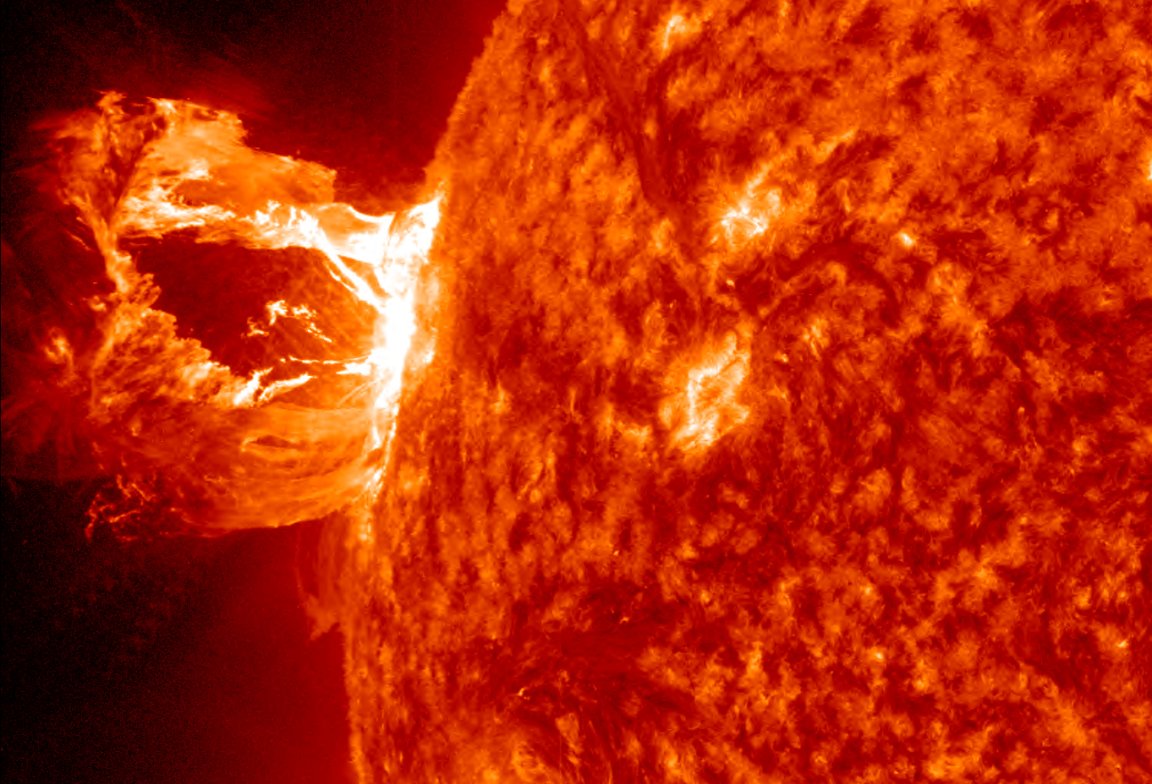
If someone asked you “If, in some cataclysm, all of scientific knowledge were to be destroyed, and only one sentence passed on to the next generation of creatures, what statement would be most important?” What would your answer be?
For me, I believe it is the atomic hypothesis that tells us that “All things are made of indistinguishable atoms-little particles that that move around in perpetual motion, attracting each other when they are a little distance apart, but repelling upon being squeezed into one another” is the most important knowledge that should be passed on. In that one sentence, there is an enormous amount of information about the world, if just a little imagination and critical thinking are applied.
That said, thermodynamics is a little more complex than this statement indicates. Here are the primary laws that are accepted by scientists (other have been suggested, but remain controversial):
- Zeroth law of thermodynamics – If two thermodynamic systems are each in thermal equilibrium with a third, then they are in thermal equilibrium with each other.
- First law of thermodynamics – Energy can neither be created nor destroyed. It can only change forms. In any process, the total energy of the universe remains the same. For a thermodynamic cycle the net heat supplied to the system equals the net work done by the system.
- Second law of thermodynamics – The entropy of an isolated system not in equilibrium will tend to increase over time, approaching a maximum value at equilibrium.
- Third law of thermodynamics – As temperature approaches absolute zero, the entropy of a system approaches a constant minimum.

Today, we want to talk about entropy. We now understand that the entirety of Classical Thermodynamics is reducible to an assumption of this function, (that means we can prove the 1st Law by assuming the 2nd Law). In Statistical Thermodynamics, Ludwig Boltzmann was the first person to create a model that made sense of this function, in that it (entropy) grows correctly.
So, what is this entropy? Imagine two boxes; they are so small, each box can only house one atom. Then, you can put two atoms in them, {1,2} or {2,1}. For photons, they can stand on top of each other, so you can have {12, } and { , 12} as part of the 4 possibilities. If you draw two boxes next to each other, you can draw this yourself. Any interesting big system can be chopped up into boxes like this, and the entropy of that system is the number of ways we can fill up this big system with N particles. That is all there is to it.
But wait. From this definition of entropy, you can derive the ideal gas law. If you took the photons case, and used it as the classical gases, (because back then you won’t understand why quantum particles don’t want to squeeze into the same box), then your ideal gas law will look like:
PV = kT
This says that the Pressure times the Volume of a system is equal to the Temperature of a gas system. But compared to the classical ideal gas equation
PV = NkT
You realise that, hey, you are missing N, the number of particles, of number around 10^23 particles. All your ideal gases will collapse into SMALLNESS! Working backwards, Gibbs found out that he had to divide the entropy by N! to compensate the error.
Then, one day, while lecturing to students, Bose mistakenly drew 3 cases for light, instead of 4. And the result of his calculation fitted the Planck’s Law for light perfectly. So, instead of showing his students the paradox that everyone was fretting about, he derived a working answer. Seeking to publish it, the journal editors would not accept (“What do you mean, you want us to publish your mistake?”) Frustrated, he turned to Einstein, and Einstein took it seriously. Because of that, particles that can be squeezed together are called “Bosons,” and the Boson in the name “Higgs Boson” came from here.

We have not explained why there iare only 3 cases for bosons, but I should make a detour here to say that, considering only 1 case, we may derive particles that obey Pauli’s Exclusion Principle, which we call “Fermions.” Electrons and other fundamental constituents of matter are fermions, while combinations, or force carrying particles, tend to be bosons.
The reason for only 3 cases for bosons and only 1 case for fermions is now understood in terms of the indistinguishability. Back in our definitions, we simply listed the possibilities by labelling the particles. However, in the fundamentals, we cannot do so — it is impossible to tell one electron apart from another electron. What happens is that, instead of labelling electron 1 and electron 2, we see that we can only have {p,p}. For bosons, we may have {pp, }, { , pp} and {p,p}. The reason the electrons must be squeezed into {p,p}, is because it is impossible to squeeze them into one box, as noted earlier.
Not only are they indistinguishable, their indistinguishability has enormous physical implications. They can have different energies, and so on — this is obviously related to quantum entanglement. But we can now take a step back and consider the philosophical implications of this indistinguishability. We are not saying that it is a limitation of our physical apparatus that we cannot paint one of the electrons blue or something. Indeed, the moment you can distinguish them, like in the He-3 (fermion) and He-4 (boson, until you hit the limit of compressing them so much that the constituent fermion effects become important) case, then the He-3 and He-4 operate in separate accounting efforts.
It means that, not only are we unable to distinguish between two electrons, nature itself cannot.